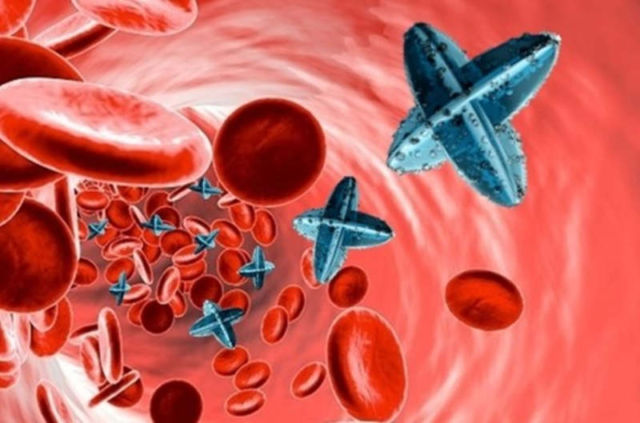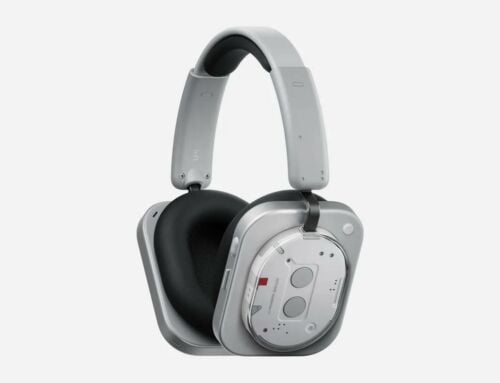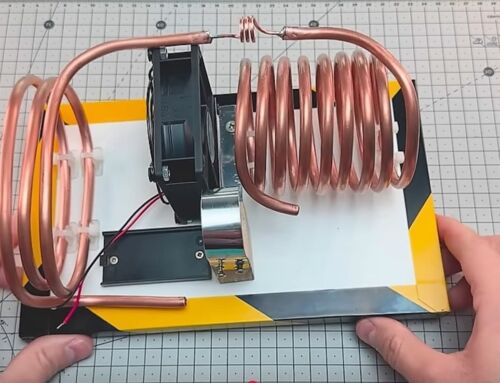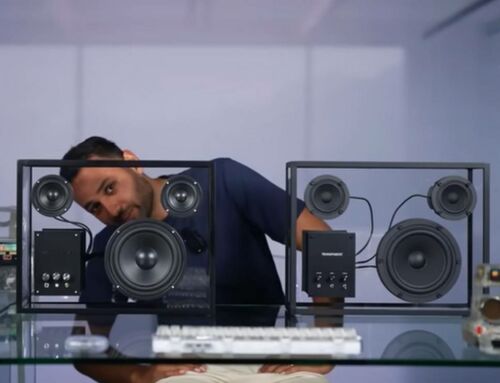
Scientists designed micro-submarines powered by nano-motors, that could navigate the human body to provide targeted drug delivery.
UNSW engineers developed micrometre-sized submarines that exploit biological environments to tune their buoyancy, enabling them to carry drugs to specific locations in the body.
Above, an artist’s impression of ‘micro-submarines’ transporting their medical cargo through capillaries among red blood cells. Credit UNSW
Cancers in the human body may one day be treated by tiny, self-propelled ‘micro-submarines’ delivering medicine to affected organs after UNSW Sydney chemical and biomedical engineers proved it was possible.
Corresponding author Dr Kang Liang, with both the School of Biomedical Engineering and School of Chemical Engineering at UNSW, says the knowledge can be used to design next generation ‘micro-motors’ or nano-drug delivery vehicles, by applying novel driving forces to reach specific targets in the body.
“We already know that micro-motors use different external driving forces – such as light, heat or magnetic field – to actively navigate to a specific location,” Dr Liang says.
“In this research, we designed micro-motors that no longer rely on external manipulation to navigate to a specific location. Instead, they take advantage of variations in biological environments to automatically navigate themselves.”
What makes these micro-sized particles unique is that they respond to changes in biological pH environments to self-adjust their buoyancy. In the same way that submarines use oxygen or water to flood ballast points to make them more or less buoyant, gas bubbles released or retained by the micro-motors due to the pH conditions in human cells contribute to these nanoparticles moving up or down.
This is significant not just for medical applications, but for micro-motors generally.
“Most micro-motors travel in a 2-dimensional fashion,” Dr Liang says.
“But in this work, we designed a vertical direction mechanism. We combined these two concepts to come up with a design of autonomous micro-motors that move in a 3D fashion. This will enable their ultimate use as smart drug delivery vehicles in the future.”
The study published in Materials Today.
source UNSW





Leave A Comment